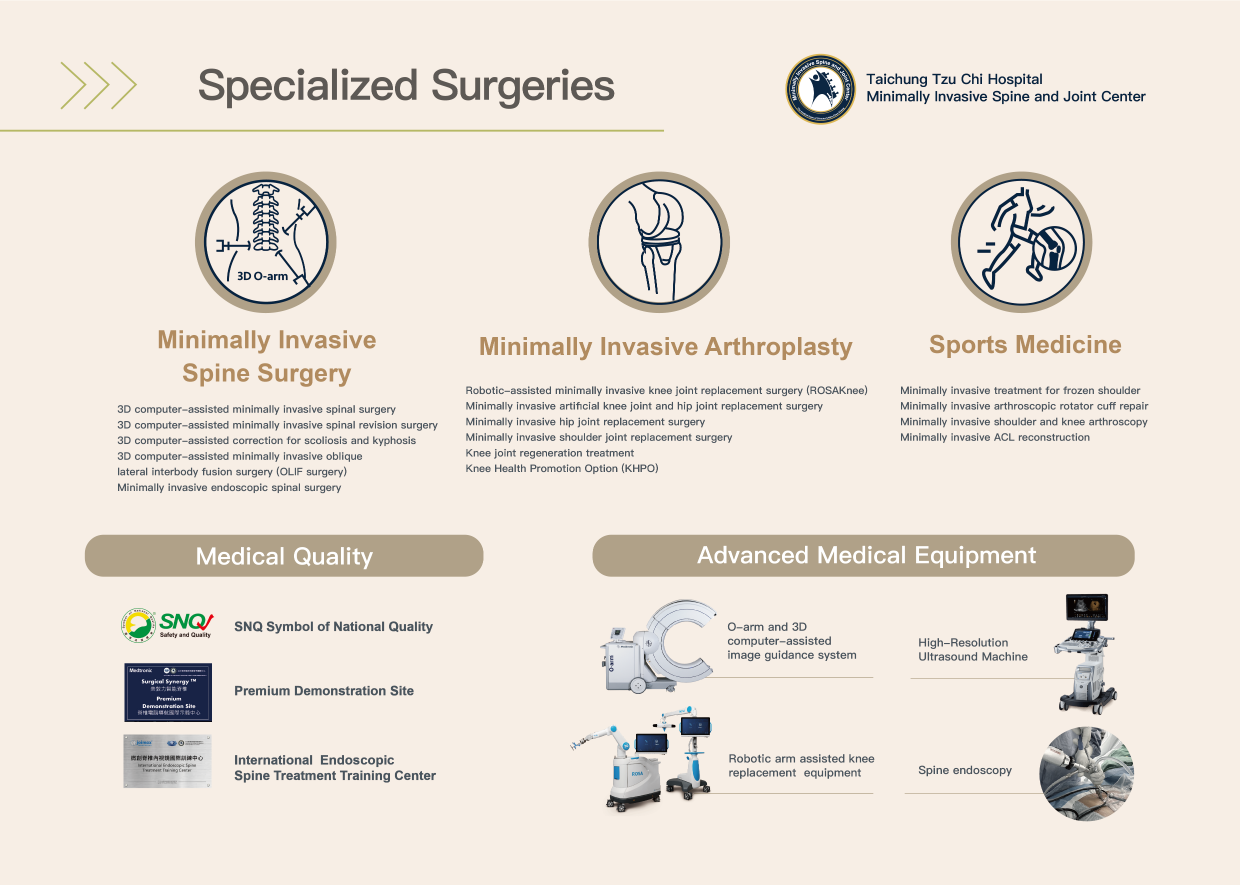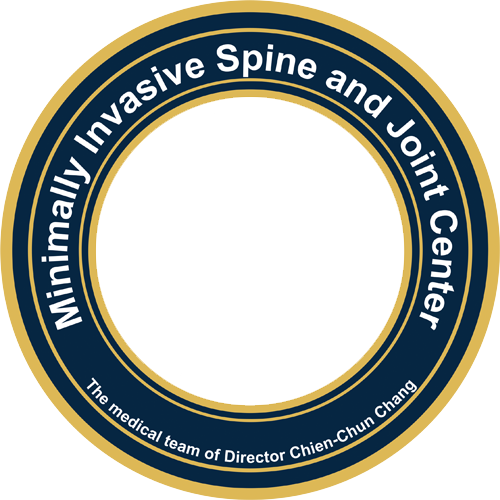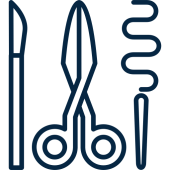Q&A
Q&AQ1.Is Corrective Surgery for Spinal Scoliosis High Risk?
+By utilizing computer-navigated surgical techniques, minimally invasive surgical approaches, and advanced precision medical equipment, scoliosis correction surgery can be performed safely.
- Scoliosis Correction Surgery Success Case 1
- Scoliosis Correction Surgery Success Case 2
- Introduction to Computer-assisted Surgical Techniques
Q2.What are the risks of scoliosis correction surgery?
+Potential complications include nerve damage, such as hemiplegia, quadriplegia, or peripheral nerve injury, as well as intraoperative blood loss, postoperative wound infection, and implant fractures.

We have made complex surgeries minimally invasive.
Q3.How severe does scoliosis need to be for surgical treatment?
+Clinically, the severity of scoliosis is evaluated using the Cobb angle. A curvature greater than 10 degrees is classified as scoliosis. If the curvature exceeds 40 degrees, surgical treatment is recommended.
Q4.Will scoliosis correction surgery make me taller?
+Yes, depending on the degree of spinal curvature, there is a possibility of gaining 3-5 cm in height after the correction.
Q5.Can I bend my back after scoliosis correction surgery?
+Regardless of whether you've had spine surgery, bending your back is considered a bad habit, so it’s best to avoid it. After scoliosis correction surgery, you will be educated on proper posture and the common postural mistakes to avoid to prevent the need for repeat surgeries.
Q6.Will scoliosis correction surgery affect daily activities and exercise in the future?
+The answer is no! During the first year after scoliosis surgery, there will be some restrictions on activities and exercise. You will also be educated to avoid excessive twisting, bending, high-intensity, or high-impact sports. After one year post-surgery, you can discuss suitable exercises with your doctor.
Q7.Do I need to wear a brace after scoliosis correction surgery? How long should I wear it?
+To maintain proper alignment and stability of the spine after surgery, wearing a brace can provide appropriate support to reduce spinal pressure. It also helps protect the spine by limiting movement, promoting spinal fusion, and preventing complications related to posture. In general, wearing a brace is recommended for about 3 months.






